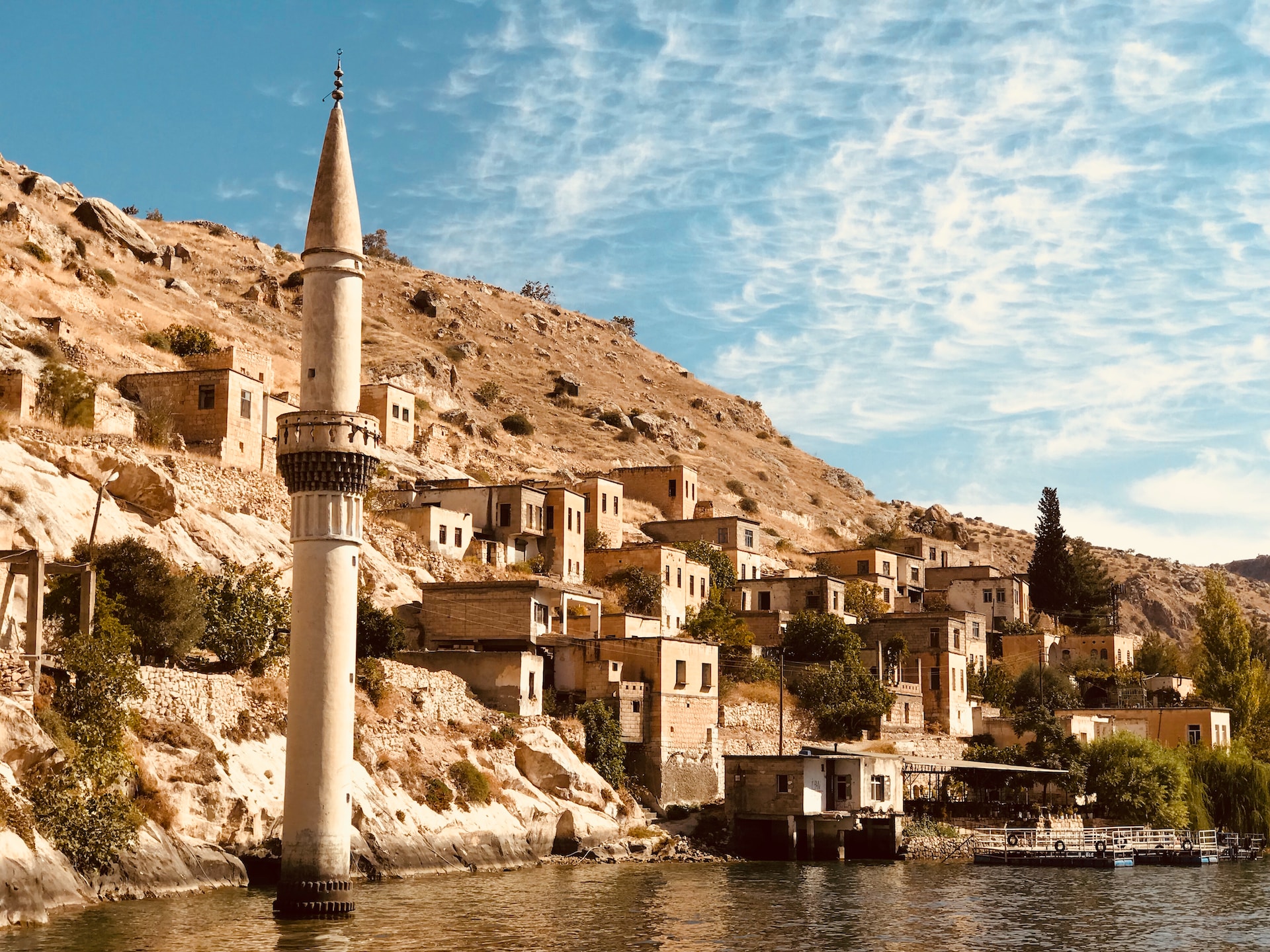Culture & Travel
18 September 2023Today, we're headed to one of the hidden gems in the land of the prophets. Although it may seem like a tranquil village in the southeastern Turkish province of Şanlıurfa, captivating with its natural beauty and steeped in historical and cultural richness, it's more than meets the eye. Nestled along the Euphrates River, this exceptional village boasts one of Türkiye's most breathtaking landscapes.
Welcome to Halfeti, where beneath the calm waters lies a colossal treasure. This treasure comes with an incredible tale, and it's one of the reasons why Urfa is known as the city of prophets. There's literally a submerged civilization beneath those waters—mosques, houses, and tombs still stand gracefully, submerged in the crystal-clear river. Without further ado, let's dive into our exploration. We hope you enjoy the read.
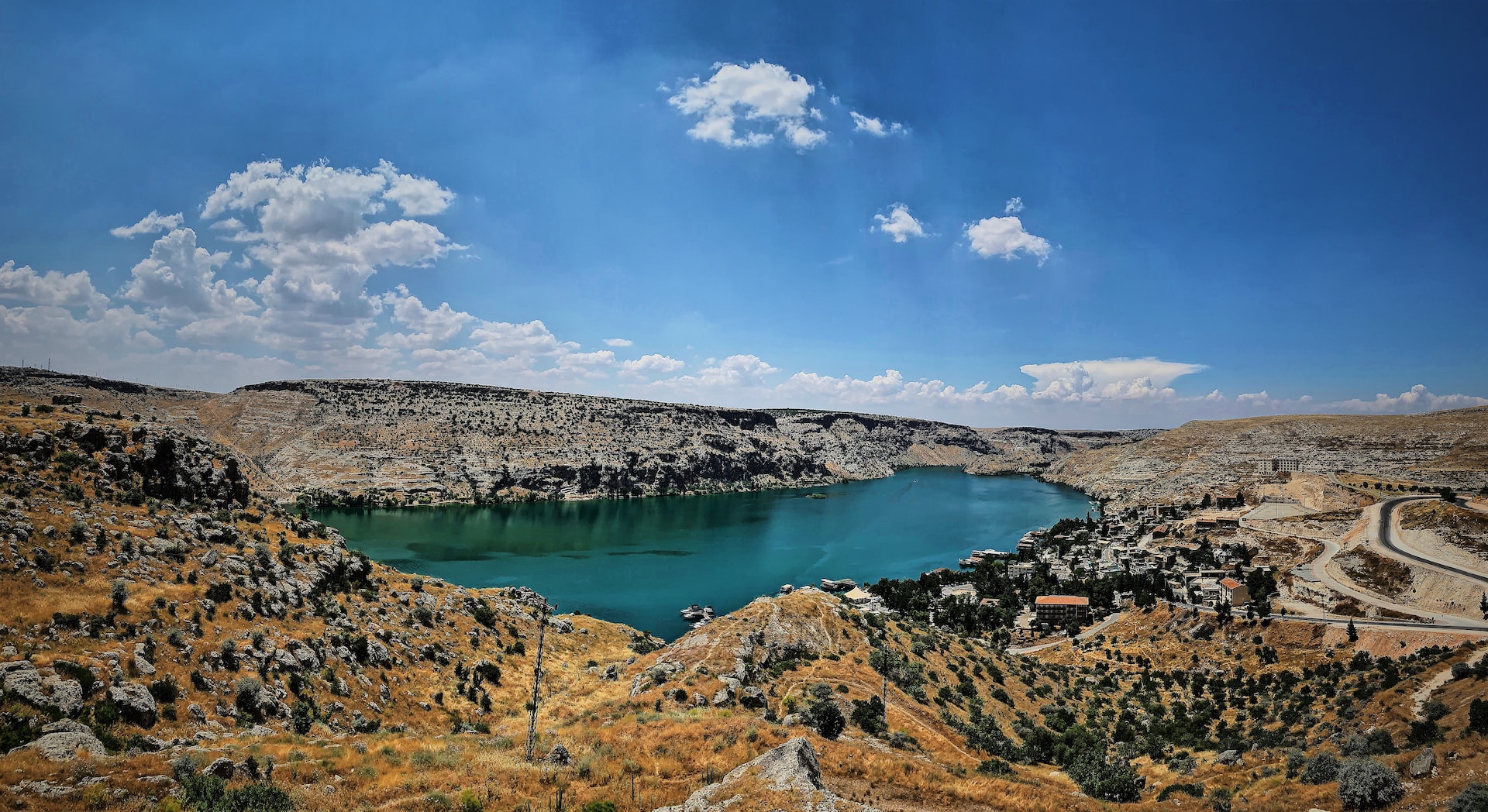
A Rich History
The echoes of countless civilizations, from Persians and Romans to Byzantines and Turks, resonate throughout this mystical village. Founded as a grand city by Salmanassar III in 855 BC, it was known as Urimi by the ancient Greeks and Hesna d'Romaye by the Syriacs. Halfeti, later incorporated into Ottoman territory under Yavuz Sultan Selim II, almost became a ghost town as its population dwindled to 5-10 households due to the loss of its border city status. Its strategic position along the Euphrates River, however, made it historically significant, serving as a crossroads for some of the mightiest empires in history. The presence of natural wonders like the enchanting Birecik Dam and Rumkale adds a touch of magic to Halfeti's geography. The blend of history and geography renders Halfeti an enigmatic destination, enhancing the allure of this extraordinary village.
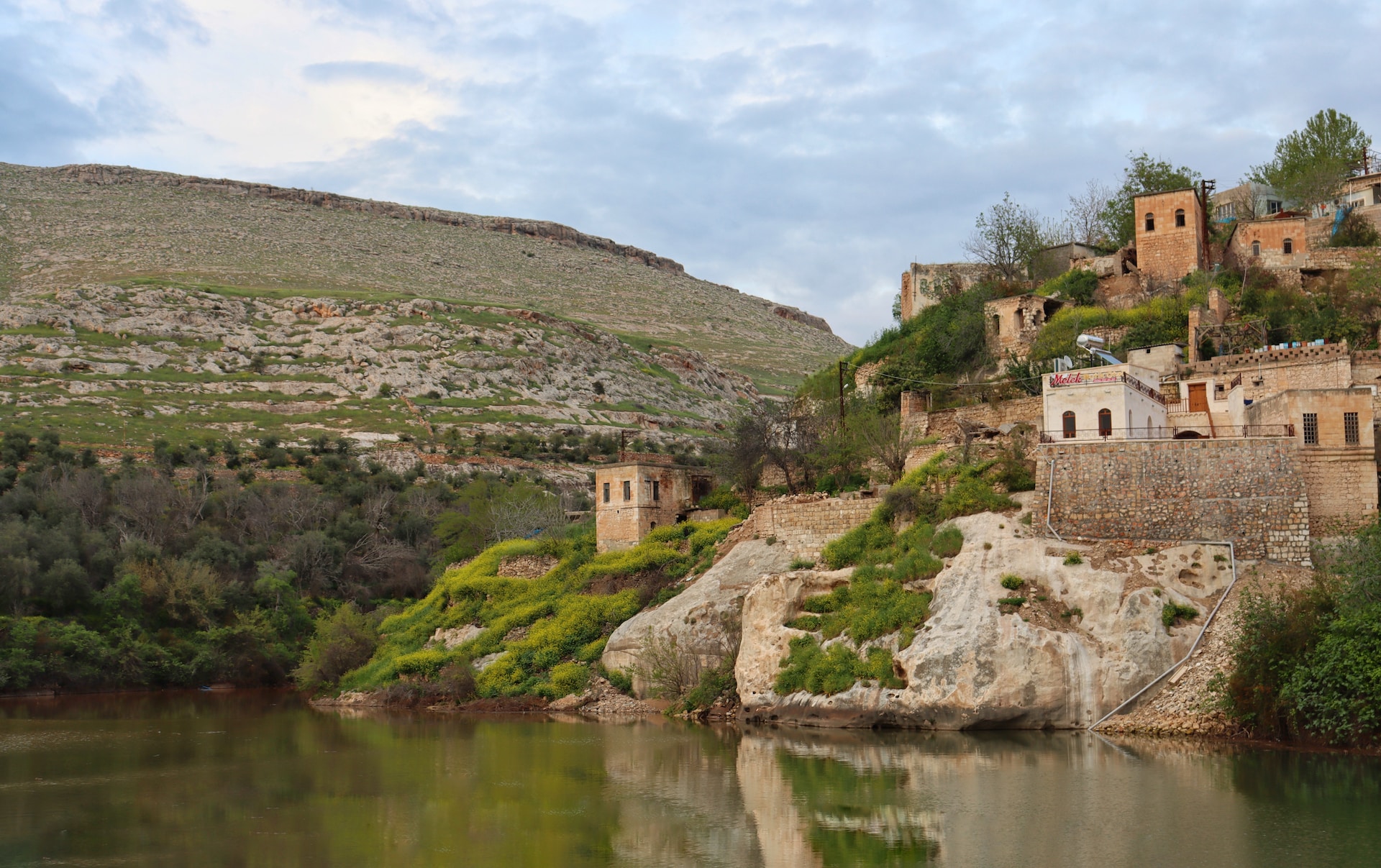
Submerged Treasures
Beneath the crystal-clear Euphrates waters lie extraordinary treasures waiting to be uncovered. As the waters gradually recede, the remnants of this exceptional village reemerge, allowing us to connect with the people who once called it home. This majestic heritage carries the essence of the region's earliest civilizations, serving not only as a homage to the past but also as an inspiring testament to humanity's ability to coexist harmoniously with nature.
A significant turning point came with the construction of the Atatürk Dam, which divided Halfeti into New Halfeti and Old Halfeti. When the old town was submerged, its inhabitants migrated and established New Halfeti in the Kara Otlak area. The original location of Old Halfeti gave rise to numerous legends, one of which is the story of Ali Kayası. According to this intriguing legend, the people of Halfeti believed that Hz. Ali had briefly stayed here. The rock Hz. Ali supposedly hurled when the devil disguised as a dog intruded his place became known as Ali Rock. This legend, coupled with the regional devotion to Hz. Ali and the prevalent belief in the sanctity of stones and rocks, contributes to the tapestry of Halfeti's lore. Of course, this is just one of the many captivating legends surrounding Halfeti.
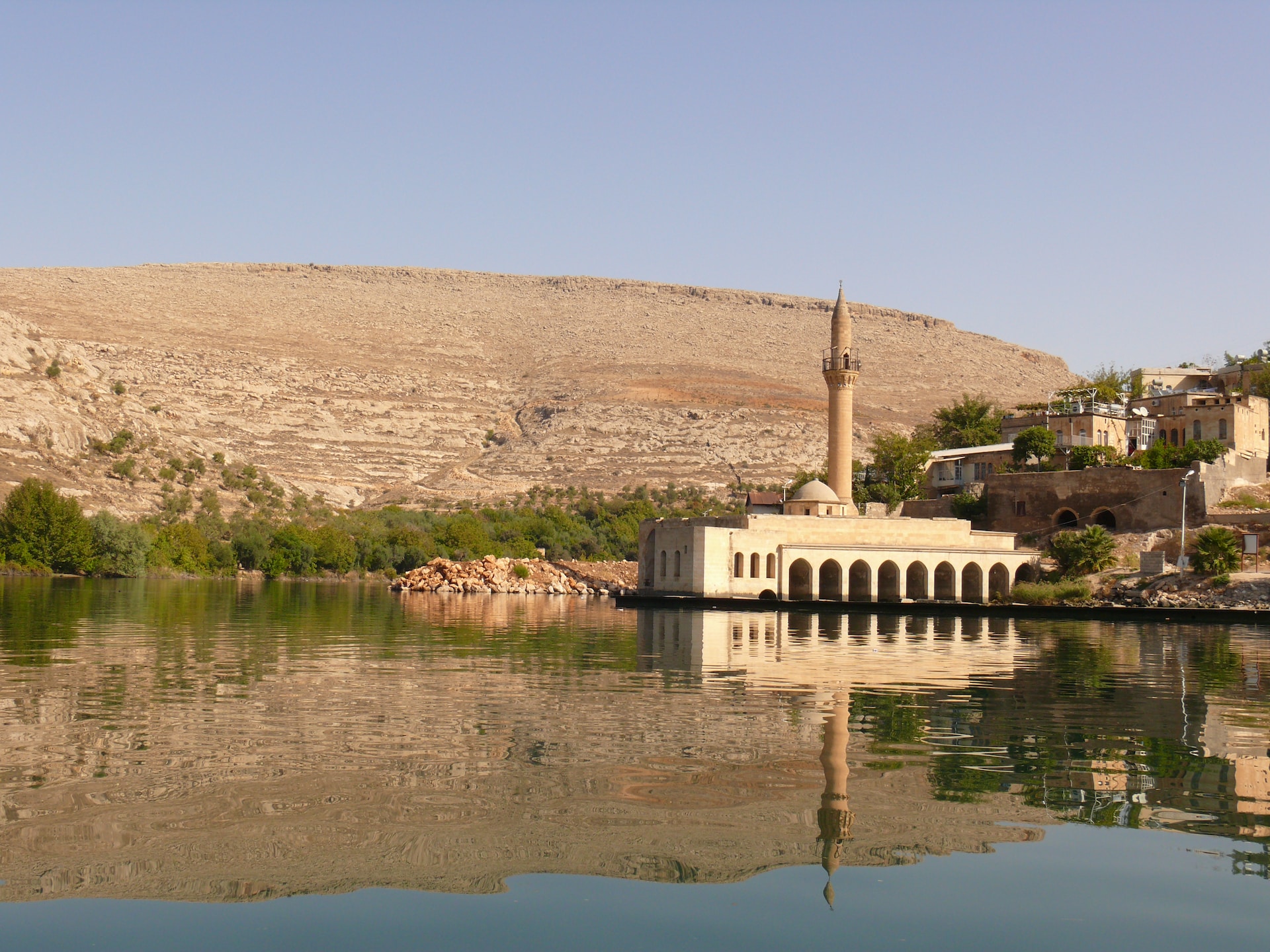
The Experience of Exploring Halfeti
Şanlıurfa GAP Airport, situated 35 kilometers away from the city center, serves as your gateway to unlock the enchanting world of Halfeti and immerse yourself in its timeless essence. Upon landing, you'll find Havaş buses and taxi services as your transportation options. Regrettably, there's no direct route from the airport to Halfeti, so you'll need to make your way to the city center first. From there, it's a scenic 2-hour journey by bus or minibus to reach this picturesque village.
Once you arrive in Halfeti, your gaze will likely be drawn to Rumkale, a striking edifice perched at the confluence of the Euphrates River and Merzimen Stream. The Euphrates River serves as the natural border between Gaziantep to the west and Şanlıurfa to the east. While Rumkale technically falls within the jurisdiction of the Nizip district in Gaziantep, it remains an integral part of Halfeti's charm. Today, you can explore numerous remnants of buildings, cisterns, wells, and trenches, including the Church of St. Nerses and the Barşavma Monastery, all within the mystical confines of this castle that stands proudly against the river.
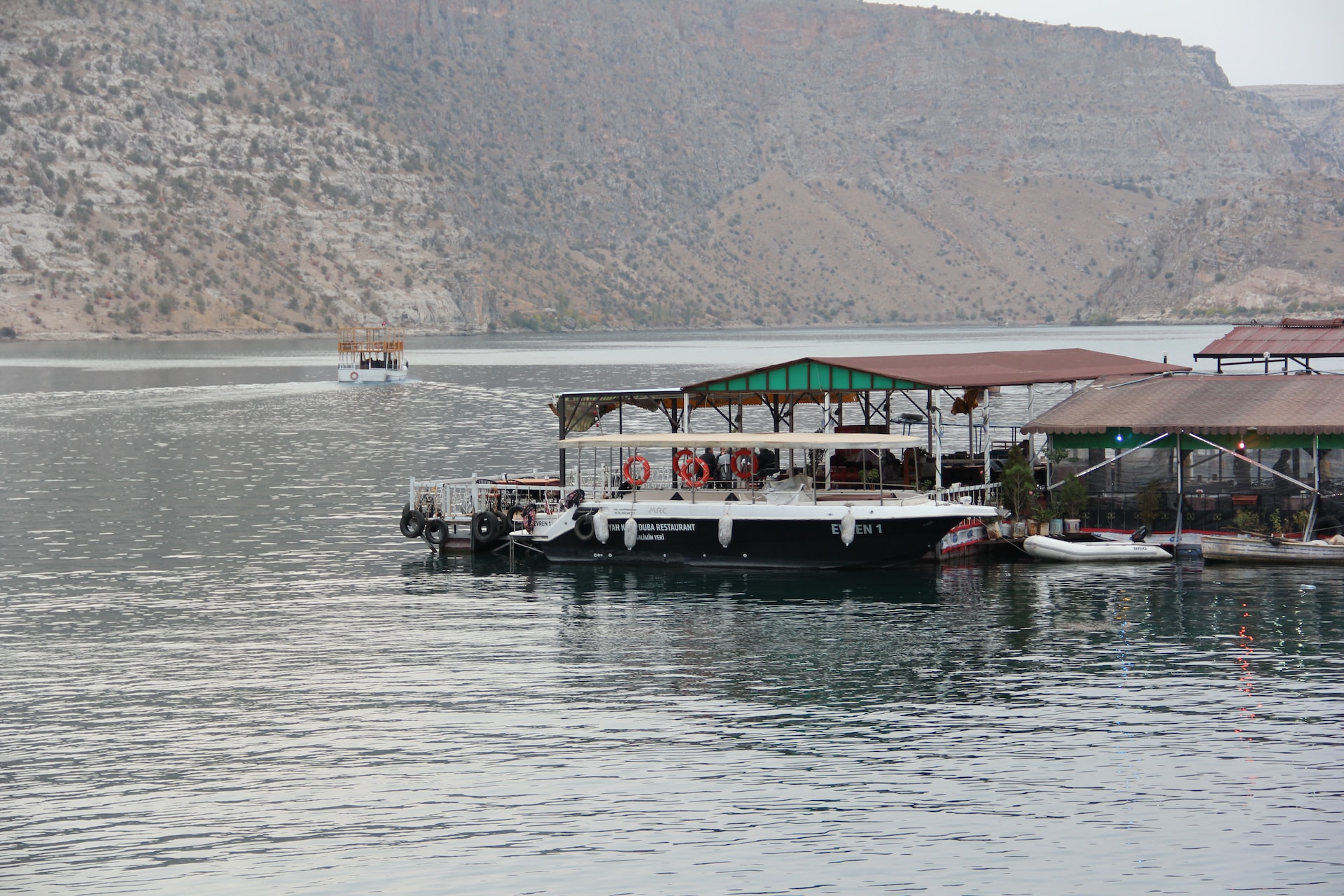
What truly sets Halfeti apart is its unique claim to fame as the exclusive home of the black rose in the world. This rare flower adds an irresistible allure to the region. Its ability to change color when transplanted elsewhere showcases the enchantment of Halfeti.
Furthermore, Halfeti boasts an abundance of floating restaurants, making it a culinary paradise. Whether you're in the mood for succulent kebabs or fresh fish, these restaurants have you covered. If you're looking for a distinctive gastronomic experience, consider indulging in local delicacies like Shabut fish and hashish kebabs. The Euphrates River's floating eateries offer a delectable array of dishes, including eggplant kebabs, tomato kebabs, Urfa kebabs, onion kebabs, cağırtlak kebabs, dolma eziği, Adana kebabs, plum pan, fig kebabs, mukaşşerli pilaf, tarhana soup, sargı burma dessert, rice pudding, and cheese halva.
For those seeking adventure, tour boats can take you to Savaşan Village, home to the renowned sunken mosque. The Halfeti Great Mosque, constructed in 1807 and affectionately known as the "sunken mosque" by visitors, would later become a central character in the captivating story of this mystical village when it found itself submerged under 40 cm of water due to the Birecik Dam.
